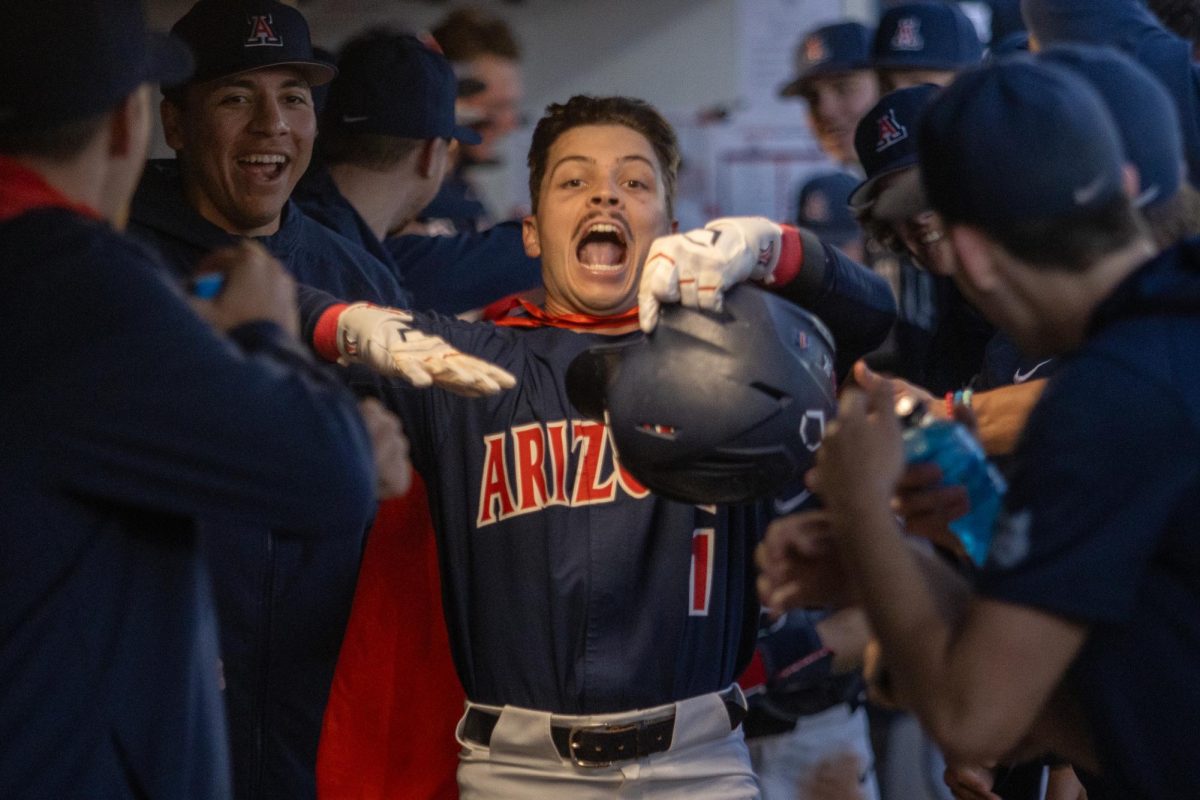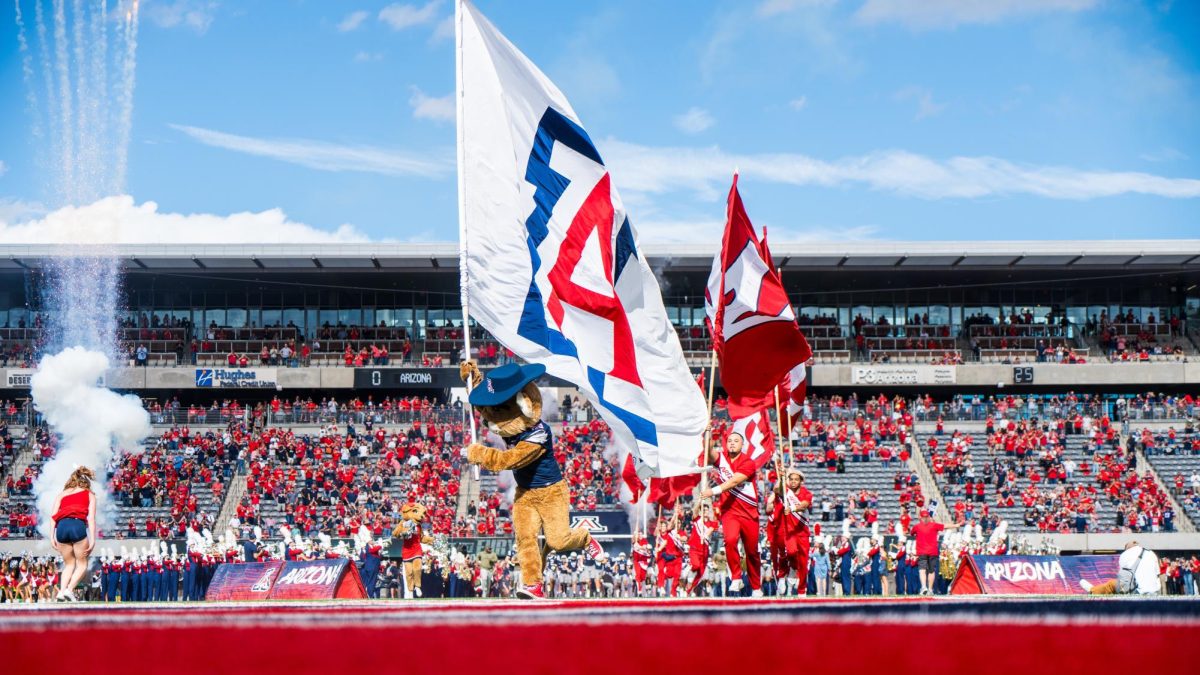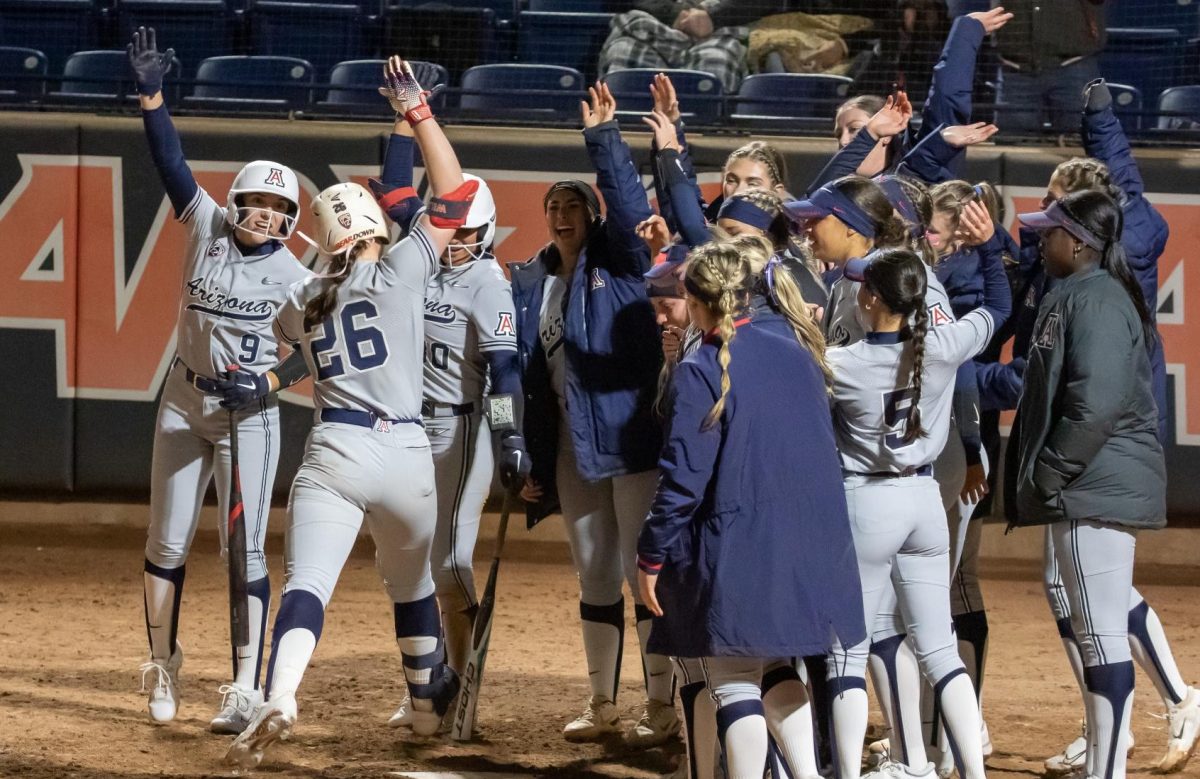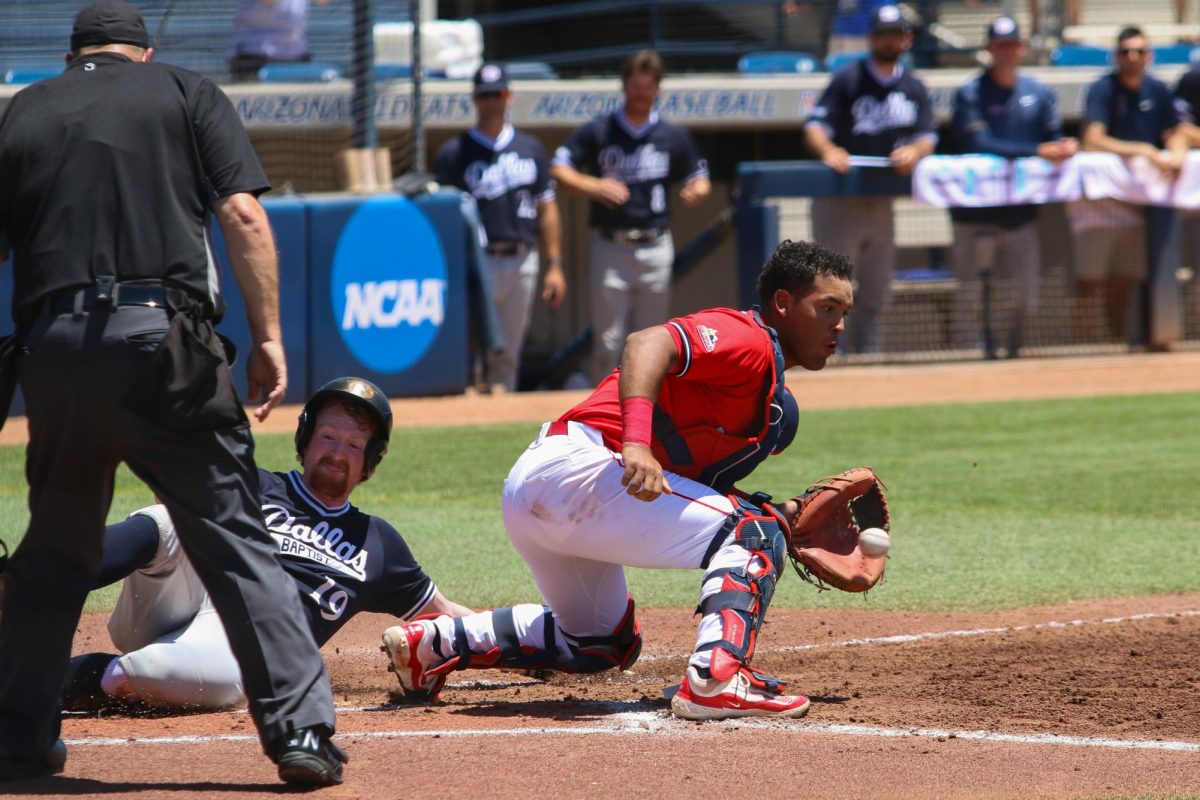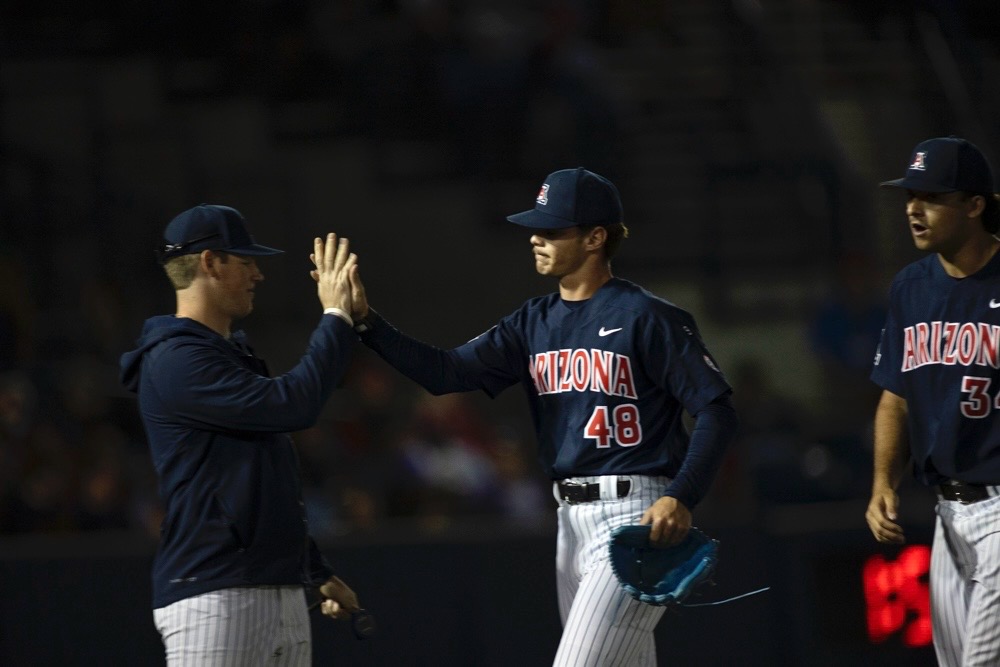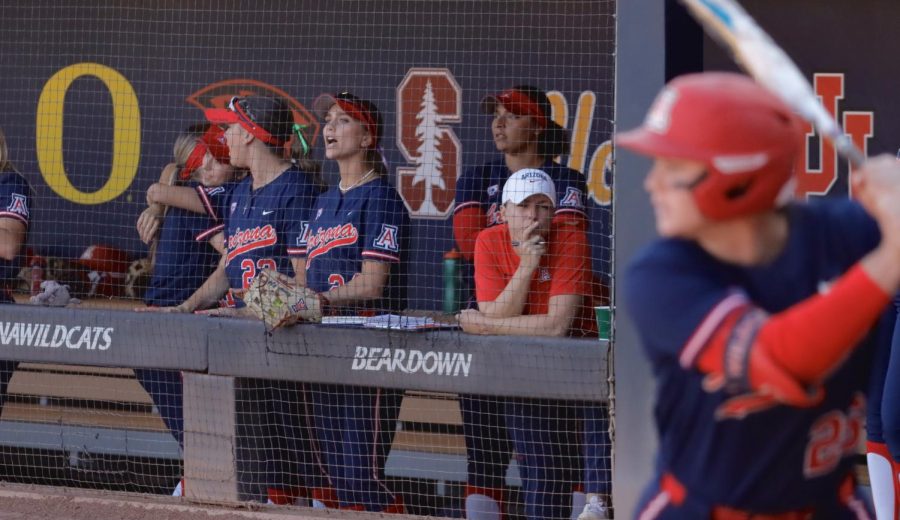Four decades ago, women’s athletics was an afterthought. There were very few women’s varsity programs in America, and the sports received very little funding. Then came Title IX, and the evolution of women’s sports hasn’t stopped since.
“”Title IX … that’s what propelled (the change),”” said deputy director of athletics Rocky LaRose. “”After that, society quickly caught on and the numbers just expanded tremendously at the high school and college levels.””
Title IX was enacted in 1972 and banned discrimination based on sex in federally-funded academics and athletics.
Arizona, with 10 women’s programs, isn’t the only university with thriving women’s teams. Colleges and universities across the country have expanded women’s athletics over the years, and some schools like Ohio State have as many as 19 teams. The growth is something that LaRose is thrilled to see.
“”The same things have led to change through the country,”” she said. “”To see women’s programs go from having very few spectators to being able to fill arenas in some parts … to see some of our athletes celebrated in the sports pages and such, it’s just totally different.””
LaRose has had a front row seat to the evolution of women’s athletics at Arizona. She played softball 1975-1978 before being named the head coach in 1979 and has been in the athletic department ever since. LaRose now oversees the internal operations of all 19 UA varsity sports.
“”I’ve been really honored,”” she said. “”We started out with nothing, and now we’ve grown into one of the top programs in the country.””
That colossal change wouldn’t have been possible without Mary Roby, who was Arizona’s first director of athletics for women in 1972, when men and women’s athletics were two separate entities.
“”Mary Roby set the foundation for all the success as our first (director of athletics) back in the ’70s,”” LaRose said.
Roby came into the Arizona athletic department with a plan for making UA women’s athletics thrive. She wanted to hire young coaches and let them build up their programs. Dave Rubio, the head coach of Arizona’s volleyball team, was one of those coaches.
“”The thing that I’m most proud about, and admire and the thing that attracted me when I first got here was what a priority (Arizona) puts on women’s athletics,”” Rubio said. “”Not only do they talk it, but based on funding, scholarships, gym time, facilities and how they promote the sports, they not only talk a good game, but they back it up.””
That funding and the overall emphasis on the women’s athletic programs at UA is something the players should take note of, and Rubio is making sure that his players understand how fortunate they are.
“”They talked about the priorities of women’s athletics, and that went in one ear and out the other,”” Rubio said. “”Not until later on, after being here for several years, did I really give it much thought. Now, I pitch that to all of my student-athletes because it’s something we really want to promote.””
Now that Arizona has gone through the initial phase of hiring young coaches to build up programs, the focus of the hiring process is going to change.
“”Now that we’ve sort of arrived, we can have a little different approach,”” LaRose said. “”Instead of hiring people to start these programs, we can now go after people to maintain them when the time comes.””
Rubio is facing a different challenge with his involvement in women’s athletics. As a male, he has to be up to the task of being able to relate to the opposite sex, but he says that hasn’t been an issue, and it’s due to the communication he has with his players.
“”The aspects of coaching, I think for me it’s trying to get to know my players on a more personal basis and try to create a relationship where they can trust me,”” he said. “”I think once that happens, I’m able to push them harder without them feeling like it’s personal.
“”The great coaches like Mike Candrea and Dave Bush … if you put an obstacle in front of them, they’re going to find a way around it, and it’s probably going to be due to communication.””
Even though Title IX is the biggest reason for the change in culture regarding women’s athletics, the teams’ popularity has snowballed into what it is today for a few reasons, the biggest of which is the presence of role models for young girls.
“”There are a lot more role models of woman athletes out there now,”” said Danielle Holloway, a libero on Arizona’s volleyball team. “”I think that’s the biggest change.””
LaRose and Holloway are on the same page when it comes to role models being essential to the growth in women’s athletics.
“”This next younger generation has seen women competing, so it’s nothing new or unique,”” LaRose said. “”Younger kids have seen and watched these athletes, and have role models to look to.””
The government needed to intervene to get the ball rolling on the evolution of women in sports, but LaRose doesn’t see any reason that it would need to step in again.
“”I don’t think there’s any need for more legislation,”” she said. “”Just because of how the sports have grown at every level.””



